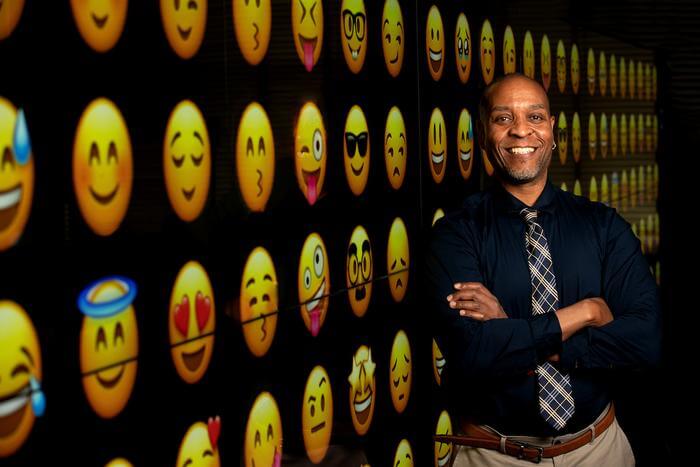RIVERSIDE, Calif. — Emojis could soon start popping up in medical communications such as emails and letters from doctors, according to new research. While that may sound kind of strange (and even unprofessional) to some, study authors say these pictograms are renowned for their “universal” appeal and may be able to replace traditional communication methods and engage more patients.
With the widespread use of smartphones, emojis have become a popular medium for expressing emotions and ideas. Researchers from the University of California-Riverside now believe these expressive icons could play a significant role in medicine, enhancing the response rate of health surveys.
Scientists propose that employing emojis in healthcare communications has several benefits, such as universal recognition and accessibility across diverse populations. The study authors strongly advocate for the integration of emojis to bolster communication between patients and physicians.
“By promoting more effective communication between patients and care providers, as well as between clinicians themselves, a universal emoji-based language system with a common agreement of meanings can be developed,” says Professor Kendrick Davis, an Associate Clinical Professor of Health Sciences at the School of Medicine at UC Riverside, in a university release.
The professor has been working on creating an emoji-based measurement system for the past two years. He has even conducted a study using emojis to gauge mental health among college students.
“Emojis have universal appeal. They can transcend levels of education, language, and age, thereby establishing a conduit for communication,” Davis notes.

(© fizkes – stock.adobe.com)
Davis further explained that a significant portion of medical communication involves surveys or questionnaires, which are often areas of communication breakdown.
“Surveys are usually circulated to patients in a variety of different stages of their care. But many surveys are wrought with language that can introduce a barrier. This is where emoji, which are friendly and universally utilized, come into play by replacing survey language that can be hard for some patients to understand,” the study author says.
The commentary was co-authored by emoji research pioneer Dr. Shuhan He from Harvard Medical School and Jennifer Lee of Emojination and the Unicode Consortium in California. They argue that to establish a standardized set of medically relevant emojis, it’s critical for medical organizations and related organizations to agree upon a universally recognized and understood set of symbols.
The authors point out that while effective communication is crucial for successful treatment and care, certain health conditions — like stroke, brain injury, or vocal impairments — can pose major obstacles. In such scenarios, emojis could be instrumental.

“Emojis address many issues. By using emojis, questionnaires can be considerably condensed. We hope that this will appeal to patients, leading to an increase in response rates,” adds Prof. Davis.
However, he also acknowledged the importance of qualitative methods. He expressed an interest in partnering with researchers whose methodologies are heavily qualitative.
Despite emojis’ popularity, Prof. Davis noted that many people remain unaware of their potential. He hopes their commentary will lend more legitimacy to the idea that emojis have a promising future beyond their cartoon-like illustrations.
“If the use of emojis is meaningful in communication between doctors and patients, it’s likely meaningful in other spaces where services and products are delivered to people,” concludes Davis.
The survey is published in the JAMA Network Open.
You might also be interested in:
- Dr. Strange: Doctors are more extroverted, but also more neurotic than their patients
- Telehealth services may be convenient, but they’re creating major problems for some patients
- Using emojis in work emails, messages makes people look less ‘powerful’
South West News Service writer Stephen Beech contributed to this report.

